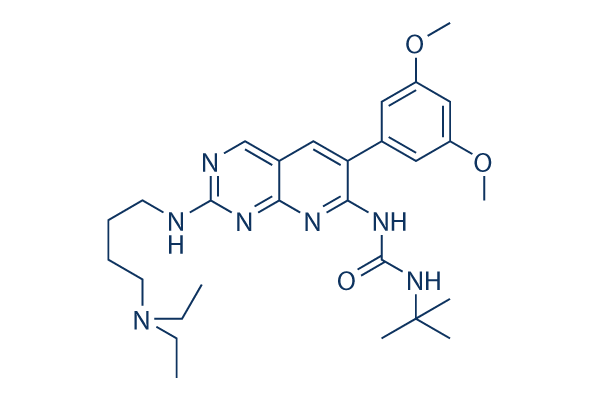Statistics If not indicated differently, all data are presented as suggest normal error of your mean. For com parisons of a variety of groups, examination of variance for random measures was performed followed by publish hoc Bonferronis check, and for your comparison of two groups Students t Check was applied to determine sta tistically important differences. A value of P 0. 05 was regarded for being statistically vital. Final results Sickness progression, discomfort and locomotion We actively immunized female mice through the SJL and C57BL/6 strains with either the PLP139 151 peptide or even the MOG35 55 peptide. Handle mice underwent exactly the same immunization protocol applying ovalbumin. SJL EAE mice showed a common relapsing remitting sickness pattern, whereas C57 EAE mice produced continual EAE.
Just after immunization, SJL EAE mice displayed the primary signs of condition onset with tail weakness on day ten and reached a peak in motor deficit functions at day twelve, whereas C57 EAE mice showed the primary signs at day 11 along with a maximal sickness score at day 17. As often observed, EAE mice misplaced 1 to 2 g of body bodyweight quickly preceding the onset on the MEK 169590-42-5 dis ease. The degree on the EAE while in the chronic phase was comparable more than each versions, as indicated by a equivalent condition score. Also to monitoring clinical ailment signs and symptoms every day in excess of 44 days or 52 days, we investigated nociceptive thresholds in response to heat and mechanical stimuli. We located that the response latency in direction of heat stimuli dropped drastically in SJL EAE and C57 EAE mice following immunization as compared to basal response latencies.
Mice in the two EAE designs produced sig nificant thermal hyperalgesia from the continual phase with the ailment. Hence, the time course of thermal hyperalgesia was not numerous across the two models. We utilized mechanical pressure by means of von Frey hair filaments towards the plantar surface with the hindpaws. The application of very low magnitude of forces, which will not generally evoke nociceptive with drawal in manage selleckchem mice, elicited withdrawal in SJL EAE mice from the continual phase from the sickness starting from day 36 onwards and lasting over the whole period of in vestigation. Precisely the same stimulus also elicited withdrawal habits in C57 EAE mice but in a different temporal time frame, from the onset and peak phase in the sickness. The application of much more extreme forces to your plantar surface in the paw, that generally evoke mild nociceptive withdrawal in manage mice, resulted in the sizeable maximize in withdrawal response frequency in SJL EAE mice in  the continual phase within the ailment, commence ing from day 28 soon after immunization and continuing over the entire observation period, whereas the withdrawal habits of C57 EAE mice didn’t vary from handle mice.
the continual phase within the ailment, commence ing from day 28 soon after immunization and continuing over the entire observation period, whereas the withdrawal habits of C57 EAE mice didn’t vary from handle mice.
Hiv Protease Signal
Each virion comprises a viral envelope and associated matrix enclosing a capsid.
